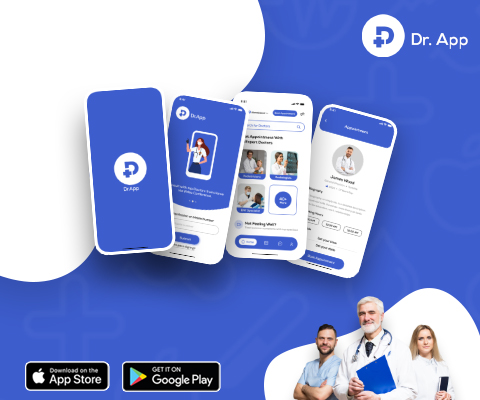Introduction
In the high-stakes environment of Oil and Gas manufacturing, ensuring the safety of personnel is paramount. The nature of work in this industry often exposes workers to potential hazards such as flammable materials, heavy machinery, and toxic substances. To mitigate these risks, the use of Personal Protective Equipment (PPE) is a strict regulatory and company requirement. PPE kits may include helmets, gloves, eye protection, high-visibility clothing, safety footwear, and harnesses.


The Challenges
Client is a Leading company from the Oil and Gas Industry from the Middle East Region. Despite the critical nature of PPE, ensuring 100% compliance was a significant challenge for the company. Traditional methods of monitoring PPE usage relied on manual checks and supervision, which were labor-intensive, error-prone, and inconsistent. Some of the specific challenges included:
- Human Error: Relying on human supervisors to visually confirm PPE compliance led to oversight and missed instances of non-compliance.
- Scale of Operations: Large-scale facilities and numerous employees made it virtually impossible to monitor PPE compliance continuously.
- Complacency and PPE Fatigue: Employees sometimes neglected PPE usage due to complacency or discomfort, especially during long shifts.
- Varied PPE Requirements: Different tasks and environments required different types of PPE, complicating the monitoring process.
The Solution
In response to these challenges, Nettyfy Technologies developed and implemented an AI Powered PPE Kit Detection system. The system utilizes advanced Computer Vision techniques to identify and verify the proper use of PPE by employees in real-time. The key components of the solution were:
- Data-Driven Insights: Enhanced data analytics provided insights into specific risk areas and patterns, allowing for targeted safety improvements and better resource allocation for safety training.
- Drastic Decrease in Fatalities: There was a 90% reduction in the death rate associated with PPE non-compliance, due to the immediate rectification of unsafe practices.
- Real-Time Alerts: When the system detected an instance of non-compliance, it sent immediate alerts to supervisors, who could then take prompt action.
- Proactive Risk Management: The system’s real-time detection capabilities allowed for prompt intervention before accidents could escalate to fatal outcomes.


The Result
Post-implementation of the PPE Kit Detection System which was developed by Nettyfy Technologies, the Oil & Gas company observed a substantial improvement in PPE compliance rates. Some of the measurable results included:
- Increased Compliance: There was a significant increase in the rate of PPE usage across the company’s workforce.
- Reduced Accidents: There was a correlating decrease in the number of PPE-related incidents and near-misses.
- Operational Efficiency: The system reduced the need for manual checks, freeing up supervisory staff for other critical safety tasks.
- Enhanced Safety Culture: The presence of the detection system heightened awareness around PPE usage and contributed to fostering a culture of safety.
Technology Stack
Computer Vision
Open-source Computer Vision libraries like OpenCV were utilized for image processing and object detection.
Machine Learning Frameworks
YOLO, TensorFlow and PyTorch were used to train and deploy the Machine Learning Models for PPE detection.
IoT Platforms
An IoT platform was integrated to handle real-time data from the cameras and sensors across the facility.
Cloud Service
Used AWS Cloud services which provide scalable storage and computing power for data processing and analytics.
Notification Systems
Integration with messaging APIs enabled the system to send immediate alerts through various channels such as SMS, email, or dedicated apps.
Deep learning
Learn the possibilities of Deep Learning in transforming AI Video Analytics for retail businesses. Neural networks make it possible to detect objects and analyze behavior more accurately to improve security and customer data.
Generative AI
Generative AI is revolutionizing retail stores through AI Video Analytics with the creation of synthetic data and improving the method of anomaly detection, it helps to optimize work, and establish a closer connection between companies and customers.
Reinforcement Learning
Reinforcement Learning is affecting AI Video Analytics in retail by improving tactical activities. Learning new approaches and using them in decision-making improves overall operations and customer satisfaction while also indicating real-time response.


